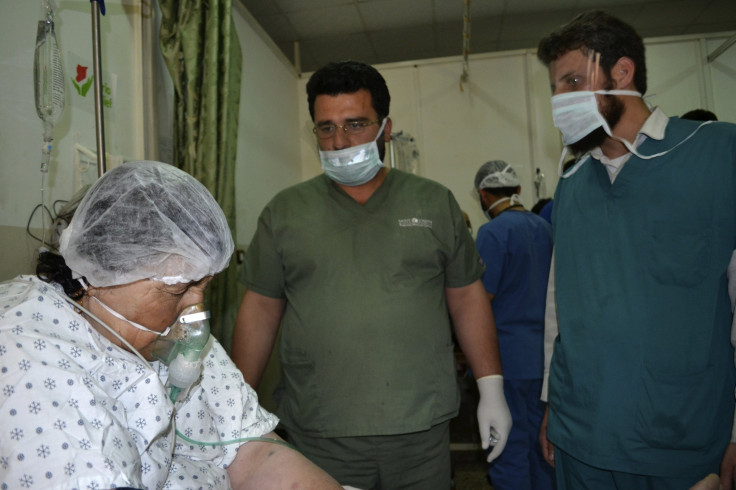ISIS Militants Have Chemical Weapons, Allegedly Used Chlorine Gas In Attack On Iraqi Forces: Report

The Islamic State group is in possession of chlorine and used it in at least one attack on Iraqi security forces last month, according to the Washington Post. An Iraqi Defense Ministry supported the report, making it the first documented instance of chemical weapons use by the militant group. However, it is by no means the first accusation that ISIS militants used chlorine gas in attacks in both Iraq and Syria.
When ISIS seized large portions of Iraq and Syria, it became a growing concern that militants could obtain chemical weapons; Syria has known chemical weapons, and Iraq may have some left over from the Saddam Hussein regime. Earlier this summer, ISIS seized a city in Iraq housing a former chemical weapon production plant that contained nerve gas. ISIS obtained chlorine for this particular attack from Iraqi water treatment plants in territory the militants now control.
“They use it just to create terror,” an Iraqi official told the Washington Post. “But of course we are very concerned.”
Survivors of this documented chlorine attack told the Washington Post that they saw yellow smoke fill the sky after an explosion. Eleven Iraqi officers were then brought to a hospital showing symptoms consistent with a chlorine attack.
“I felt suffocated,” Lt. Khairalla al-Jabbouri told the Washington Post. “I was throwing up and couldn’t breathe.”
In Syria, chlorine attacks are more frequent but usually blamed on president Bashar Assad’s regime. In the past three weeks, two similar reports came out of Kobani, where ISIS militants have been battling Kurdish forces for over a month. Several civilians were brought to a nearby hospital Tuesday complaining of teary eyes, headaches and burns on their skin. Doctors in Kobani said they lacked necessary equipment to confirm the cause of victims’ symptoms.
Chlorine is not banned under the Chemical Weapons Convention. The first telltale sign of a chlorine attack is usually the victims’ reaction. Symptoms include a burning sensation in their throats and eyes, severe headaches, vomiting and a suffocating feeling.
“There are millions of tons of chlorine in the world. You can go out and buy it on the street perfectly legitimately. That’s why it’s so difficult to police it,” chemical weapons expert Hamish de Bretton Gordon told Syria Deeply. “Syria was the largest producer of chemicals like this in the Middle East till the war started. As we know, chlorine is readily available in Syria and Iraq.”
© Copyright IBTimes 2024. All rights reserved.












